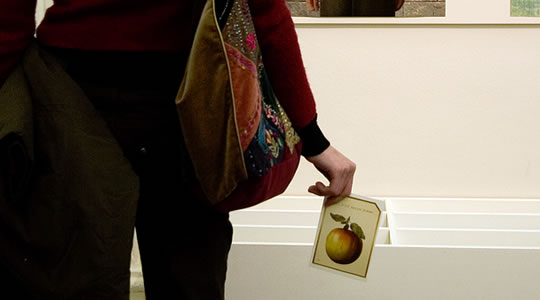Humans can be an untrusting race. People are often very cynical about human nature, tending to think that strangers will happily lie to us if there is something in it for them.
We intuitive believe that being cynical is an advantage in detecting lies. Or so Nancy Carter and J. Mark Weber found when they asked a group of MBA students whether people high or low in trust would be better at detecting lies in others (Carter & Weber, 2010).
The results were as we’d expect: 85% thought low trusters are better than high trusters at lie detection.
Is this the right answer though? Are low-trusters really better at detecting lies?
Liar liar
Carter and Weber weren’t so sure, so they measured how trusting 29 participants were and had them watch videos of a staged job interview.
In these videos, interviewees had been told to do their best to get the job, but half were told to tell three lies in the process.
These videos were then shown to participants who rated the honesty of the interviewees, along with how likely they would be to hire them.
Surprisingly, it was those highest in trusting others that emerged as the superstar lie detectors. High trusters were more sensitive to deceit and more accurate at detecting which of the interviewees were lying.
Contrary to our expectations it was those low in trusting others who performed worst. They were least accurate at spotting liars and most likely to hire one of the interviewees who had been lying.
It seemed that the high-trusters were more likely to pay attention to the classic signs of lying, which include fidgeting and changes in vocal intonation and quality.
This leaves us with a counter-intuitive finding to explain: high-trusters, rather than being poor at spotting lies, actually outperform their less trusting counterparts. We’d expect low trusters to be more on the lookout for deceptive behaviour and yet they don’t perform as well as those who are more trusting.
What is going on? Why is our intuition so wrong?
Social intelligence
Although this research can’t tell us why—it only gives us the result—it does suggest a couple of reasons why high-trusters might be better at detecting lies:
- Sensitivity: People may become more trusting of others because they are sensitive to lies. Since they are better able to detect them, they have to worry less about being duped.
- Risk-taking: On the other hand, through taking social risks, some people may learn how to detect lies more accurately. Those who don’t practice because they never take any social risks, never learn how to discern lie from truth.
On top of these two factors we also have to take into account people’s innate ability. Some people are naturally gifted at reading body language and have higher social intelligence, while others have to work more at it.
Risk and reward
Whatever the explanation, it emphasizes how automatically trusting others—sometimes without due cause—can be beneficial. The problem for the low truster is that without trusting strangers a little, it’s very hard to take social risks.
Say you are invited out by someone you hardly know to a restaurant. Refusing on the basis that they must have some evil ulterior motive might be safer, but you might miss out on a great new friend.
The same goes in business. Trust is the basis for commercial relationships: good deals rely on both parties doing their bit, often without knowing that much about each other. A business person who doesn’t trust anyone will find it harder to succeed.
While low trusters avoid being duped they also miss out on potential opportunities. High trusters, on the other hand, get the best of both worlds: they frequently spot when someone is lying to them, and they are able to take social risks earlier in the relationship and so can reap the rewards, whether social or financial.
Image credit: Mohamed Hussain

